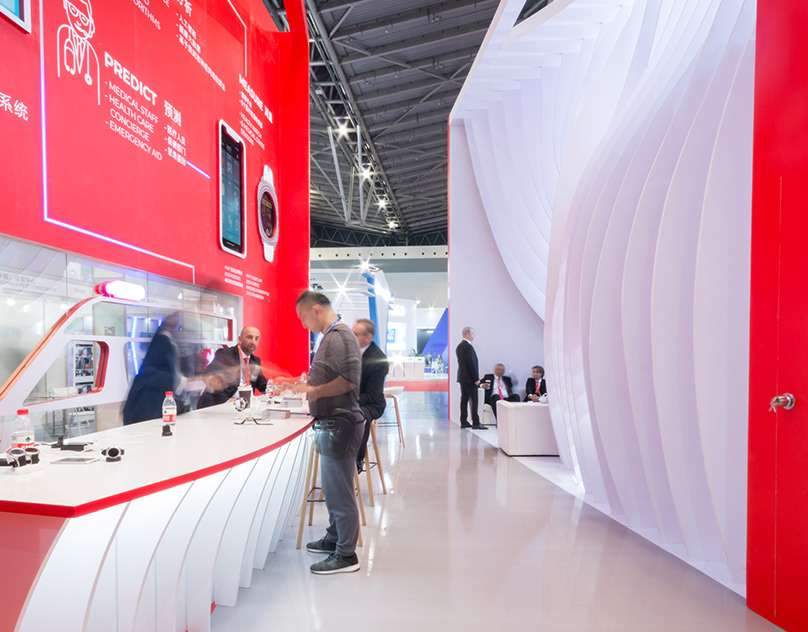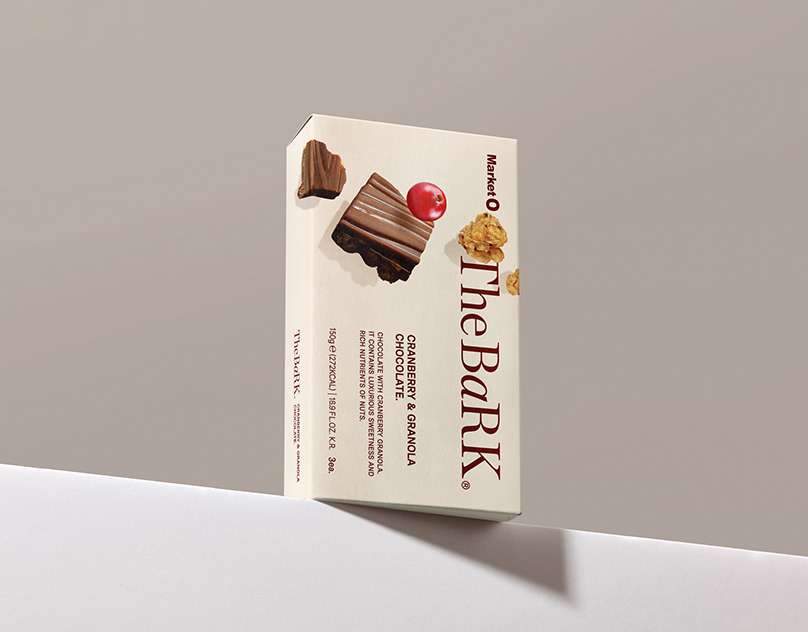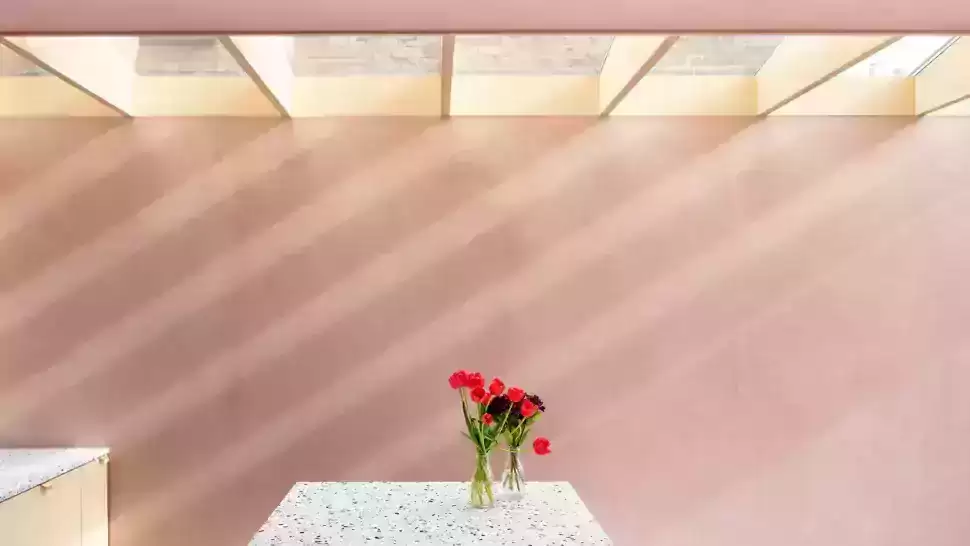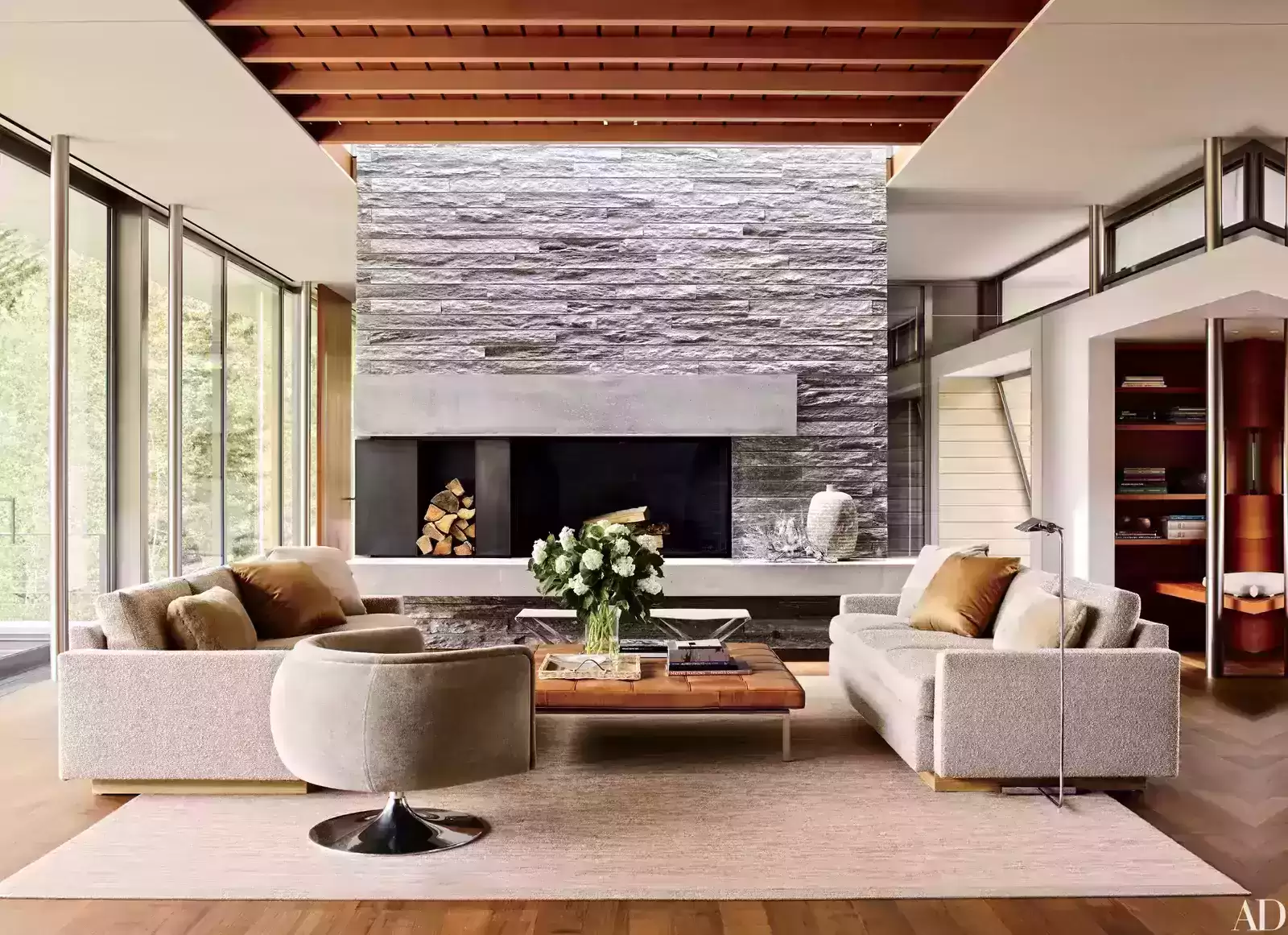Methods for selecting materials used in external finishes and their measurements,
A building’s appearance and performance are largely determined by the materials chosen for the exterior elements:
Walls, ceiling, windows, floors, etc.
There are many factors that influence the selection of each element, and this article lists the main considerations, however, you should always seek advice specific to a project.
With the selection of any external component, the following considerations are relevant:
The appearance
the cost
maintenance
The decision on a material or product is usually the result of balancing these different characteristics.
In most cases, the lowest cost does not give the best appearance or the least maintenance, as the cost must be evaluated with the appearance, maintenance and main objectives of the project.

exterior cladding
External cladding and windows make up about 15% to 20% of the total construction cost.
Often, minor savings in cladding cost can have little benefit in terms of reducing the overall construction cost.
Other factors to consider also include:
Building structure, appropriate support and framing members
Forest fire and BCA compliance
Ease of installation (eg small and light items vs. large, heavy items).
Site access: delivery and storage, scaffolding requirements
Location: spraying, exposure to wind
Thermal and acoustic insulation
Delivery lead times and product availability
Compatibility with the shape and height of the building
Building ‘friendly’, familiarity with local standards and methods
With the choice of cladding, choices include materials that give a seamless uniform appearance or panels, where the joints between elements are articulated.
This relates to the desired variation in texture and colours, and the choice of cladding may be restricted to manufacturer’s standard ‘off-the-shelf’ sizes and finishes.
This must be evaluated early in the design process to avoid costly custom orders.
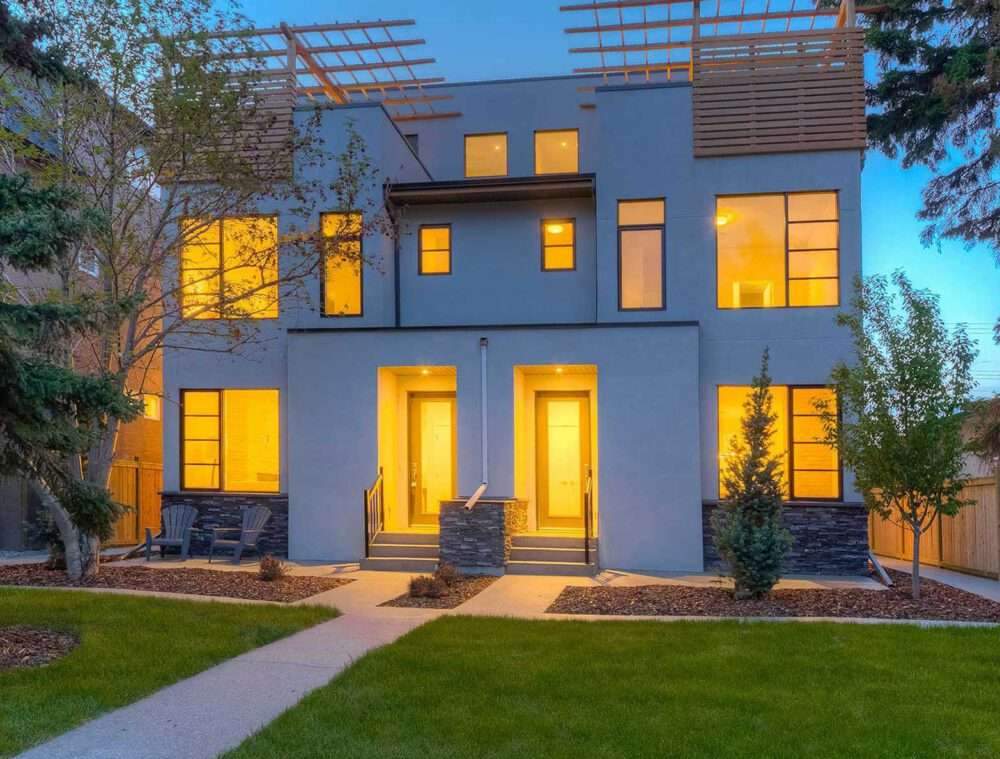
roof materials
Roof materials will have a significant impact on the design in terms of structure and appearance, as the two most common materials for homes are metal (Colorbond) or tile (clay or concrete).
These two materials require very different grades, roof geometry, rainwater drainage, and structural provisions.
The type of roof is usually chosen early in the design process, and architects can provide insight into the best type of roof for your home.
Their knowledge and experience in interior design is one of the many reasons to choose an architecturally designed home.
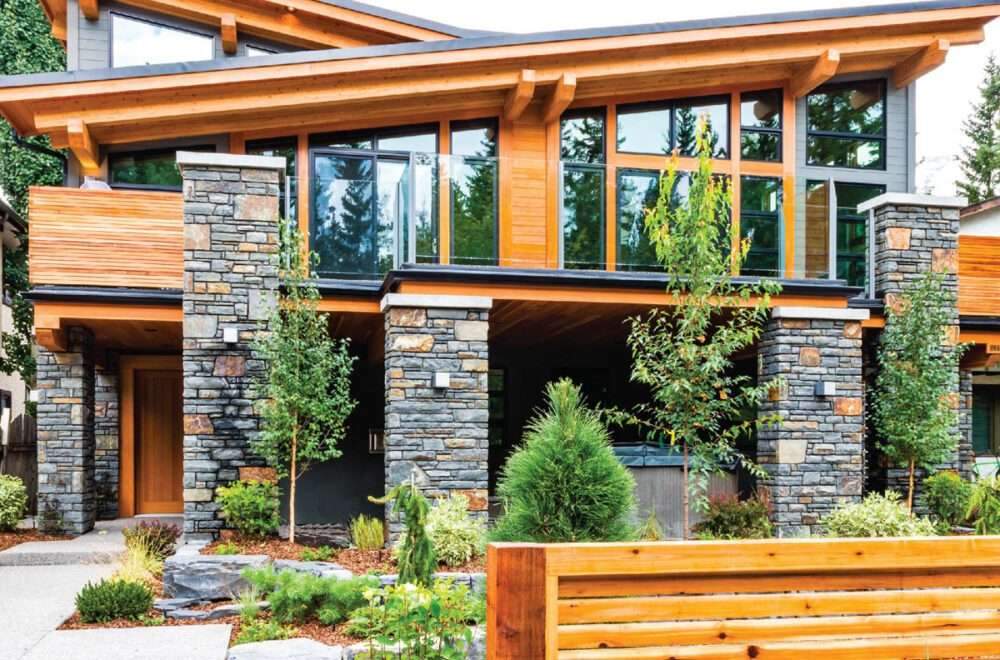
Windows, decks and balustrades
With windows, decks, and balustrades, most considerations center around views and privacy.
Large expanses of glazing open the building to views, and this must be balanced with the need for privacy, sunlight control and thermal comfort.
And the design of the roof or balcony is an opportunity to provide an interesting three-dimensional element.
The choice of materials: balustrades (steel, glass or rail), roof (flat, pitched or skylon) and colors will have a great visual impact.
There are so many material choices for all exterior building elements and so many decisions, it is important not to lose sight of the design goals to help navigate the almost endless options.
For more architectural news
The importance of colors in the design of buildings and the materials used in their creation


